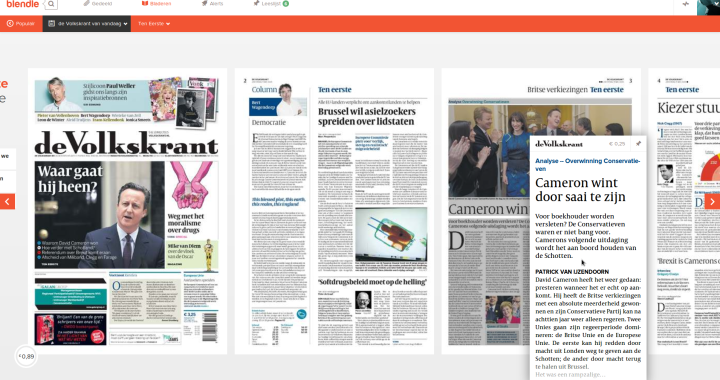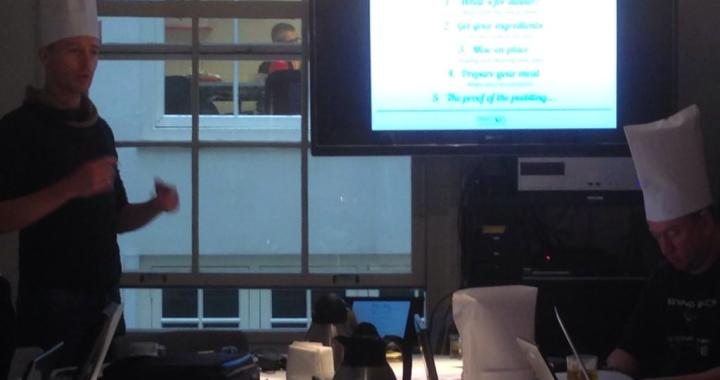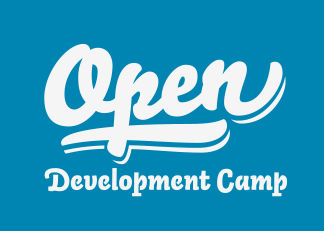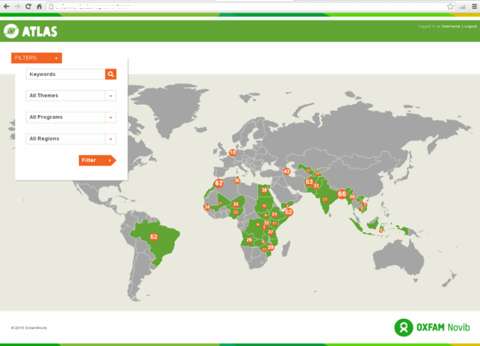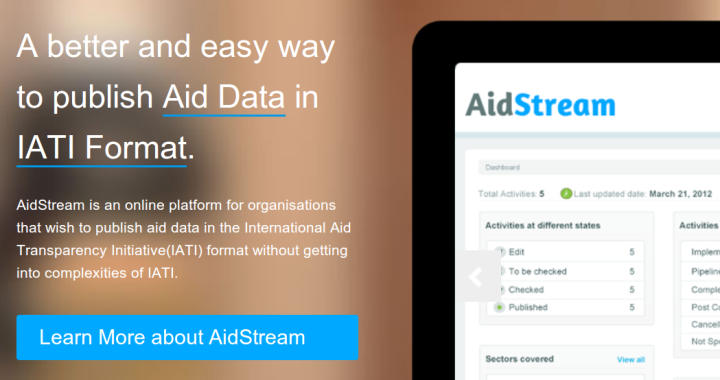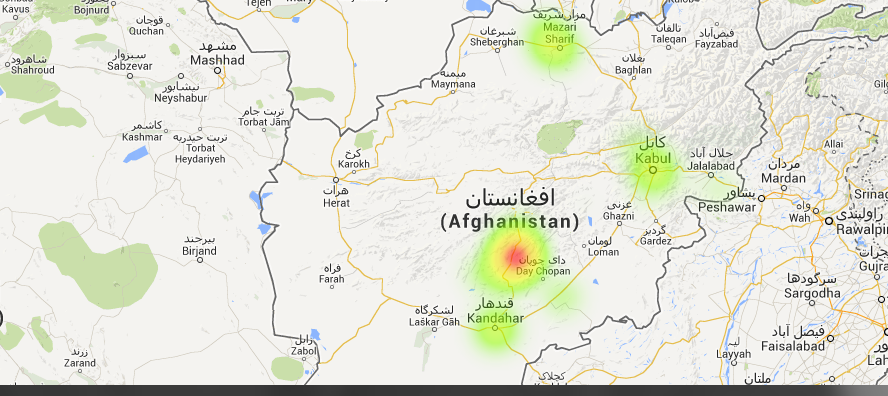The IATI Standard lets you publish information on your organisation’s activities and money flows. But how exactly would you write something in IATI? That doesn’t always seem obvious, and certainly not for someone new to the XML standard.
This is the first of a series of sketches of situations that I encounter (or envision), with the question: can you #IATI that for me? We’ll start of simple.

Our organisation, called Us, is going to publish data in IATI. We found out that our organisation identifier is zz-us. (Not quite as we’d like to see, but the quiz is not about organisation identifiers.)
- We receive funding from Donor A. They will contribute €20,000 to us. They publish IATI data too, and we found the IATI activity identifier for their grant to us in their file: X-A-123.
- We also receive funding from Donor B. They will contribute €10,000 to our work this year.
- We run two projects, Project 1 and Project 2, each with a budget of €15,000.
Some questions:
- How do we indicate the budgets from our donors for our work?
- If we actually receive the money (€20,000) from donor A on, say, April 1st, how can we add that to our data?
Feel free to make up more information if you need it. Post your solutions as comments below. They’ll be kept hidden for the first few days, but then will be published for further discussion.
Do we all agree? Do we have different approaches? Is there a right or wrong way of doing it?
